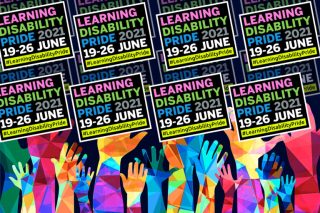
Last week was Learning Disability Pride 2021.


This week’s guest blog from Danielle Garnett and Jan Walmsley looks back at the history of the self advocacy movement in England.
With special thanks to Ian Davies, whose idea this was.
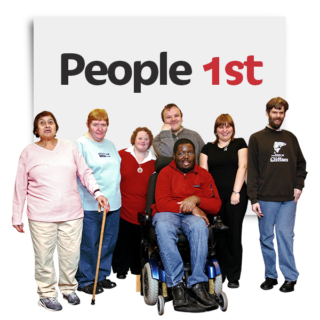
Did you know that self advocacy started in England in the 1970s?
Nearly 50 years ago.
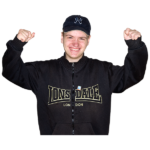
Something to be proud of.
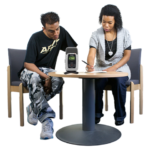
We have been interviewing the people who have been part of it for a long time.
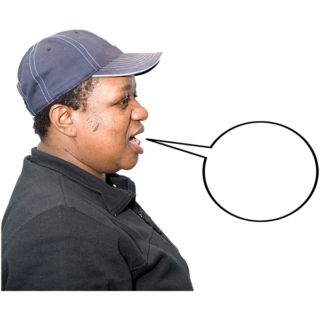
We wanted to share their stories to remember the beginnings of the self advocacy movement after Pride week.
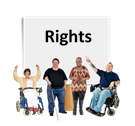
Ann Shearer helped set up the first Speaking Up event in 1972.
She talks about what it was like when she started:
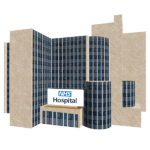
“Someone who went to the very first speaking up event, in 1972 and who had lived in a long stay hospital said:
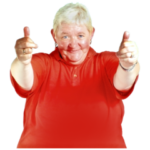
“It’s nice to be able to talk to someone, a thing we haven’t been able to do for years.
Until the beginning of this year we haven’t been able to do such things.
Well, we could say things, but not without being told to shut up.”

Gary Bourlet talks about how he brought People First To England in the 1980s:
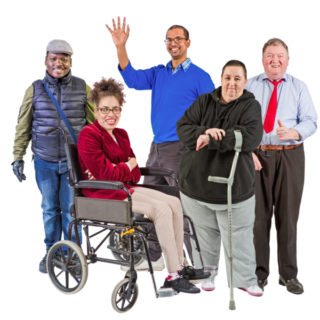
“The first group was called the Mencap Participation Forum Group.
6 of us.
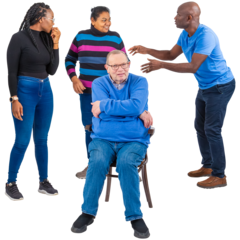
We didn’t have enough power.
Power belonged to parents and carers who did not like the idea of people speaking up for themselves.

In 1984 we went to America and brought the idea of People First back.
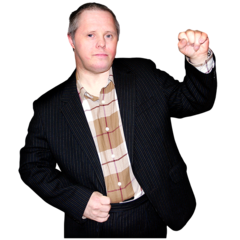
My life changed. I was more confident.
Assertive.
Self-esteem.
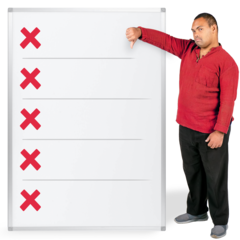
I had been to a boarding school for people with behaviour problems, then 6 years at a Day Centre you could not speak up for yourself.
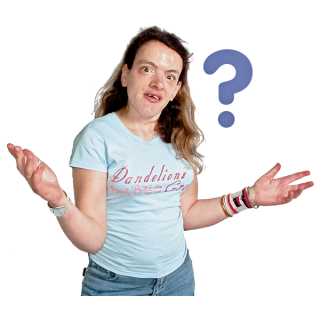
I went round to lots of these.
Talking for 20 minutes max.
It was a lot to take in for some people.
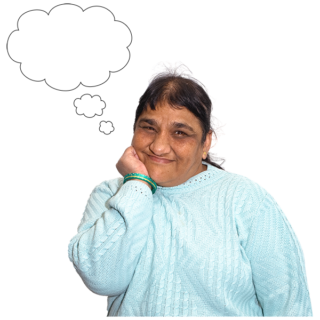
Staff would say to John (Hersov)
Your group is different. Ours could never do that.
That happened a lot talking to support people.
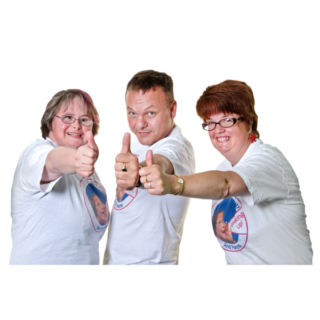
It’s better now.
We have a voice, a platform to talk to NHS and to Government.”

Patrick Burke from People First Merseysideremembers:
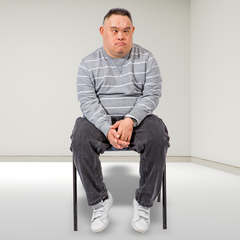
“I didn’t know anyone then.
It was just the start of moving out of long term care.
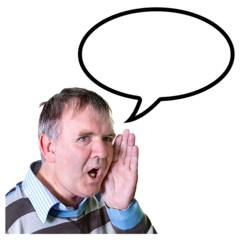
The first time ever that I spoke to anybody I was about 40/41.
I’d spent my life in long term care from the age of 5.
It made me speak out.

We got people out of Day Centres into self advocacy.
Day Centres were told to let People First in.
There isn’t any of that now. “

John Hersov has been involved in the development of the UK learning disability movement since the early 1980s.
He said:

“We were concerned with what people could do and were good at rather than the traditional deficit model.

A lot of people were surprised that people with learning difficulties could express themselves so clearly.

I was often told “it’s all right for you John, because you work with the cream (of the bunch)”.

I learned to reply:
‘Aren’t I lucky, but I am happy to work with whoever you would like me to’.”

Raymond Johnson looks back at being one of the first campaigners from a BAME background.

“I think there were times when I was isolated.
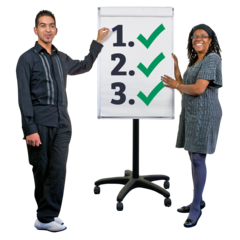
I was the only black guy then slowly more people from BME came along.
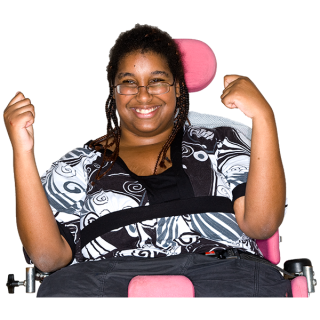
We held a Black People First conference for BME, it lasted a few days.
(That was in about 1989).
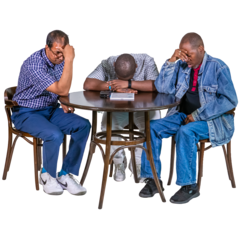
It was difficult for BME because there were times when some of the people came from Day Centres, some of the Centres they were going to didn’t cater well for BME.

There were times when Day Centre staff took over.
Some of the cultures were not taken seriously.
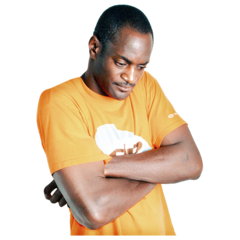
You can imagine how BME felt.
They didn’t realise they could do jobs like I do sort of thing.

I still can’t believe it’s been nearly 30 years.
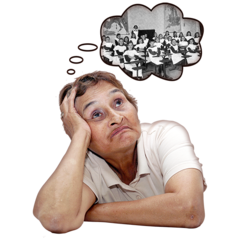
I think they need to know what we were taking about.
It’s so fundamental for everyone to think about, where we have been and where we are going.”

Here is a gallery of pictures from over the years.
Send your pictures to lisa.watchorn@LDEngland.org.uk if you want us to add them to the gallery.

With thanks to everyone who has told their story.